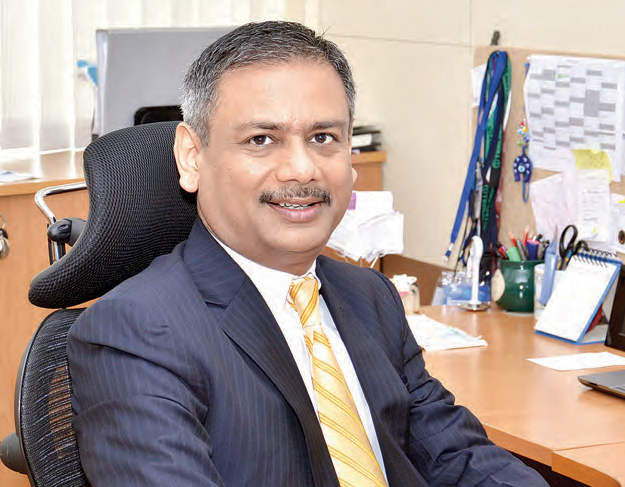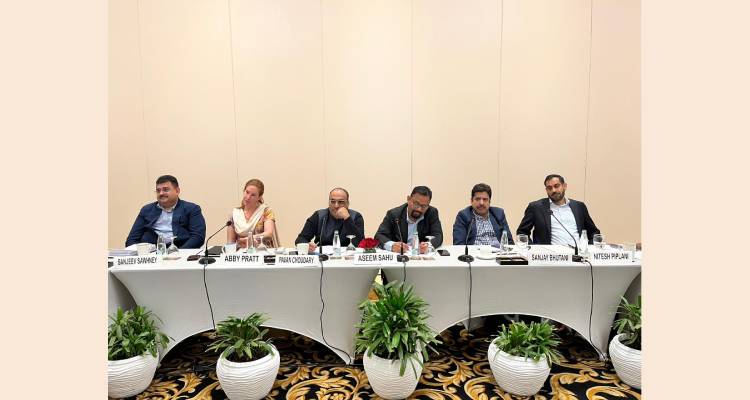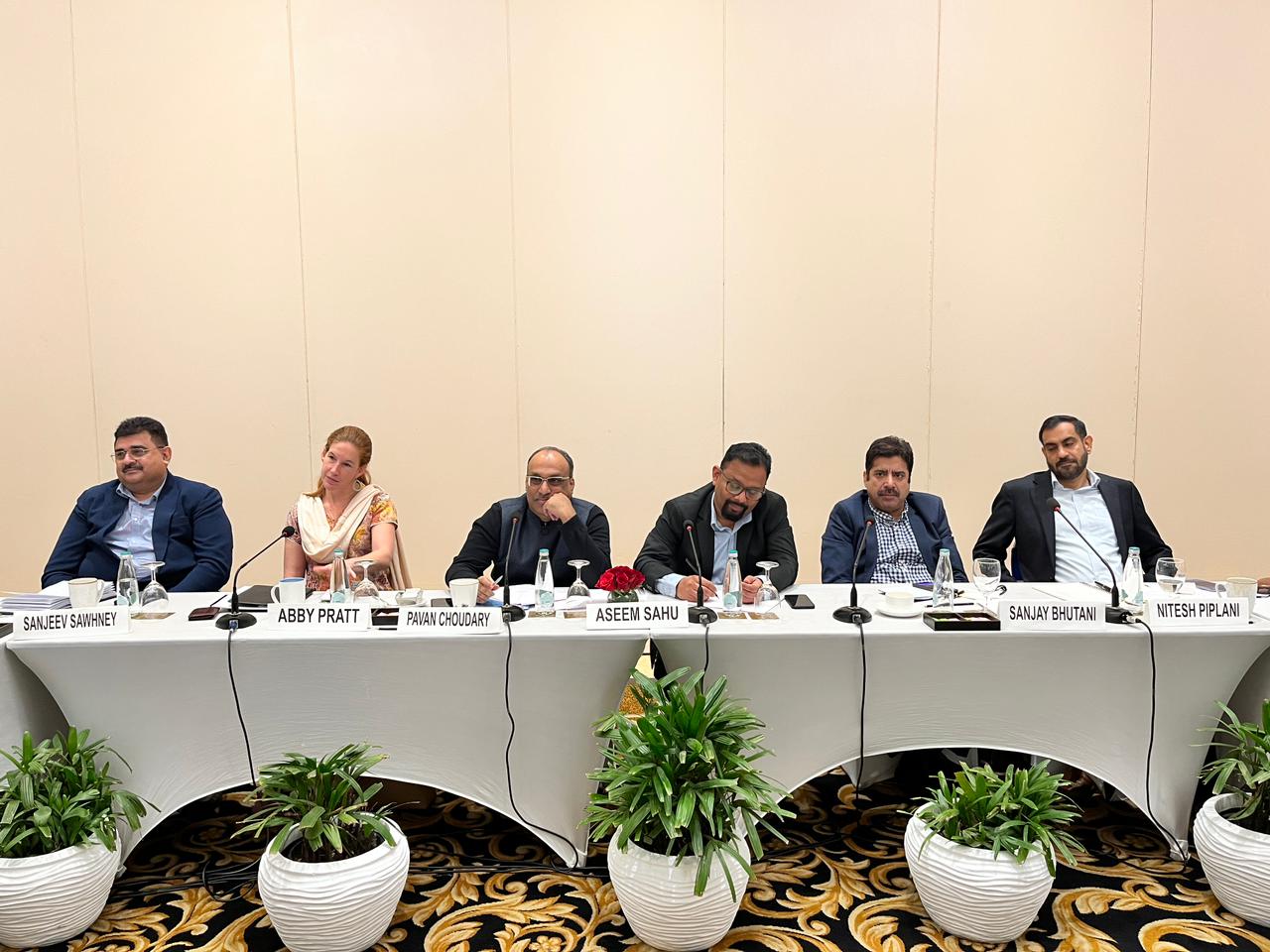By Probir Das
Medical Technology, often referred to just as medical devices, is a critical pillar of advanced healthcare delivery throughout the world. In India till recently, medical devices had not gotten appropriate attention from policy designers. Currently however, medical devices have come into mainstream policy-making, albeit often with the absence of deep understanding about the domain, or without an adequately nuanced approach to factor for its hugely diverse range or spectrum.
Imagine gall bladder surgery, difficult suturing intensive surgical procedures, complex coronary corrections, degenerating hip and knee joints (and the list could go on to fill the next few pages) even as recent as 30 years back. Without the incrementally innovative miracle like medical devices, all of these would have been incurable or done with massive surgical incisions, without laparoscopic interventions, without the speedy and blood-loss preventing surgical staplers, without an angioplasty that allows for patients to even remain conscious while their arteries are undergoing repair, without orthopaedic implants … and perhaps now you will start to realise the huge positive societal and economic impact being created by medical devices.
Globally, medical devices is a ~500US$ billion industry. The global market is estimated to grow at a CAGR of 5%. In comparison, the Indian medtech industry is at about 7US$ billion, a shade above just a percentage of the global market. India’s per capita medical devices consumption at 3 US$ is fractional to that of many emerging markets. The limited contribution of Indian medtech in the global fora is a result of low penetration of advanced healthcare in the Indian population, relatively lower selling prices of global medical devices in India (even compared to markets such as Brazil, China, Russia, Philippines, Vietnam etc.,) and the massive fragmentation of the healthcare delivery system in India which, combined with dated medical education, makes high spread of rapid technology adoption very difficult.
Ayushman Bharat is certainly a ‘ray of hope’ for the medical devices industry as it attempts to address large scale healthcare financing gaps, and thereby has big potential to expand the market significantly. However, given the complex nature of medical devices, it would be imperative for our policy leaders to align a medical technology growth map to the Ayushman Bharat future. This is unfortunately missing today.
This road map should ideally centre on the following themes:
1. Regulatory separation of medical devices from drugs – This has already been done in several countries around the world, and unfortunately India remains behind. After almost a decade’s discussion, the Government did progressively bring in New Rules w.e.f 1st January 2018 to improve clarity on medical devices regulation, but they will be unable to provide the sector its necessary runway to take off without completely isolating medical devices from drugs via a ‘Medical Devices Act’.
Low risk-low-tech devices related insights must not be ‘cut, copied, pasted’ on hi-tech, hi-risk device categories
2. Sub-segmenting medical devices policy-making to reflect key engineering nuances – A CT Scanner is very different from a heart valve, and both of them are very different from a hypodermic syringe. Attempting to bundle several layers of engineering complexity into an overly simplified single policy framework is a sure mechanism for long-term failure. The policy pathways must be made nuanced and segregated across a very diverse spectrum of both engineering requirements and patient risk. Low risk-low-tech devices related insights must not be ‘cut, copied, pasted’ on hi-tech, hi-risk device categories.
3. Getting off the import substitution platform and rather focusing on creating an export power house for what we already manufacture in India – Per se, the country has not been successful on its post-independence era desire on import substituting every single product. Despite our huge consumption, if the same theory has not worked for consumer electronics, footwear etc., it is unlikely to work in a heavily technology led and skill intensive hi-tech medical devices sub-sector. Globally, 60% of medtech business rests with only about the top 40 – 45 companies, and this demonstrates the very difficult nature of this industry. Therefore, perhaps instead of focusing Make in India efforts on those advanced medical technology devices where India does not have a strong supply chain eco-system in the short-term and therefore, continuing to import them to build market adoption and scale consumption volume, we must provide such targeted support as low-cost growth financing, subsidies for global regulatory approvals, and skill creation to scale domestic low tech manufacturing to take over dominant positions in the world market. This is what China did to attain export surplus in spite of importing almost 70% of its medical technology consumption.
4. Focusing on infrastructure development around existing manufacturing clusters – The Government’s efforts to create new medtech parks in pockets is commendable. But this is useful to build new factories. Medtech manufacturing needs proximity between top class medical research institutes, innovators and the component supply chain. Quick scale-up will require focus to enable ease of business and infrastructure support for already existing manufacturing companies, who are unlikely to uproot themselves from their bases and move into the newer parks. Therefore, it would be prudent for the Government to map existing manufacturing clusters, and support them with common facilities such as packaging, sterilisation, warehousing, testing laboratories etc.
5. Incentives for R&D facilities – Despite its leverage of talented engineers with global exposure, India employs only about 15000 R&D people combined across all MNC and domestic medical technology companies. This needs to be scaled quickly through fiscal incentives, facilitated access to IITs, IISC and top-class medical research institutes such as AIIMS, PGI etc., and replicating such centres as India Biodesign many folds.
6. Appropriate pricing mechanisms – Recent price controls of Drug Eluting Stents and some orthopaedic implants have partly eroded global industry confidence in ‘Invest in India’. However, rather than determining pricing through ham-handed, commercially determined, pharmaceutical price control-like processes, the mechanism must on-board health technology assessment tools, value-based care principles, and focus more on lifetime value of a device quality instead of its narrow episodic cost. There are several global models of these determinations and it will not be difficult for India to quickly adopt them. In the shorter term, enforcing logical levels of trade margin rationalisation, from the point of Price to Distributors will provide relieve to patients without compromising introduction and access to latest technology products.
In summation, there needs to be a realisation that there is no shortcut or a silver bullet.
The road map will encompass several parallel approaches which need to be orchestrated in a fashion that they can converge and deliver meaningful outcomes. This may not be possible without an appropriate ‘think tank’ approach, encompassing global experts. Let us hope that we see the Government and the Industry put this together soon.
The author is the Asia Pacific Chairperson of a reputed medical technology major. He has been involved in medical technology businesses in India for almost 3 decades. Views expressed are entirely his personal.
Originally published in BW HEALTHCAREWORLD in October 2018 issue. Click here to read the news clip.




